|
It is my honor to report that our team member PhD student SeonHong Na is selected as the recipient of two awards in the CEEM department annual dinner. The Dongju Lee memorial award is given in recognition of SeonHong's superior achievement and in honor of the integrity, curiosity and creativity. The Dongju Lee Memorial Award and Memorial Lecture were established with a generous contribution from the Lee Family. Congrats SeonHong!
1 Comment
Presentation 1: 6/5 9:30am to 9:50am Room: Salon B MS 61 Computational Geomehanics A critical assessment on phase field and eigen-erosion modeling of fractures in anisotropic fluid-infiltrating porous medias. WaiChing Sun, SeonHong Na, Kun Wang, Jinhyun Choo, Eric Bryant The onset and propagation of the cracks and compaction bands, and the interactions between them in the host matrix, are important for numerous engineering applications, such as hydraulic fracture and CO2 storage. A simple way to capture the formation, propagation and coalescence of crack is to incorporate the generalized Griffith theory into a variational framework. Depending on how the regularized Griffith energy functional is formulated, the resultant model may either use a phase field or a binary indicator to represent cracks. This work compares the two theories and their corresponding numerical implementations. In particular, we show that that that the eigen-fracture and operator-split phase field model can be implemented in an almost identical code design. We then extend the formulation to incorporate the hydro-mechanical coupling effect and show the importance of the hydraulic dissipation to the resultant crack pattern of the porous media through numerical examples. Further improvement of the model, such as the incorporation of the anisotropic fracture energy and the generalization for capturing compaction band as Mode I anti-crack are also highlighted. Presentation 2: 6/6 3:55pm-4:15pm Data-driven discrete-continuum method for partially saturated porous media Kun Wang, WaiChing Sun We presents a hybrid data-driven approach to model multi-physical process in fluid-infiltrating porous media across length scales. Unlike single-physical problems where data-driven model is often used as a replacement of solid constitutive law, a hydro-mechanical problem often leads to more complex hierarchical relations among physical quantities which complicates the design of the data-driven solver. In the case when artificial neural network is used, additional issues may arise when constraints and rules, such as material frame indifference, cannot be explicitly enforced without artificially expanding the training dataset. In this work, we introduce a component-based strategy in which a multiphysical computational model are viewed as a directed graph, a network consisting of inter-connected vertrices representing physical quantities. This strategy enables modelers to couple data-driven model with conventional mathematical expression methods by considering different hierarchical relations among data. Depending on the availability of data, hybridization of data-driven and mathematical models may take different form. To enforce material frame indifference efficiently, we employ spectral decomposition to handle the invariant and spin terms via Lie algebra. |
Group NewsNews about Computational Poromechanics lab at Columbia University. Categories
All
Archives
July 2023
|

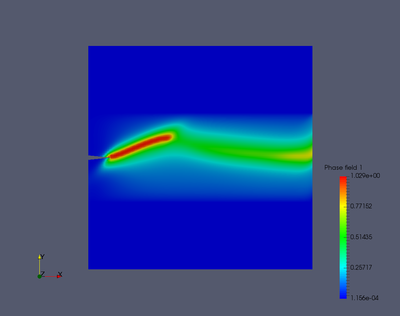
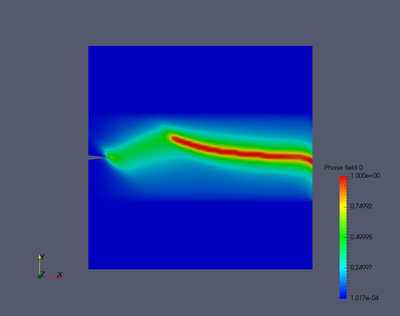
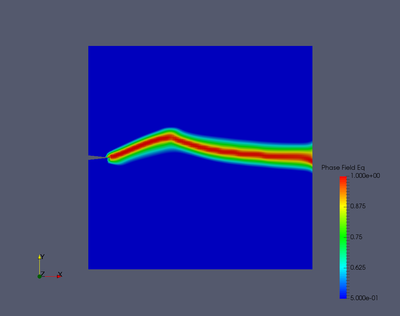
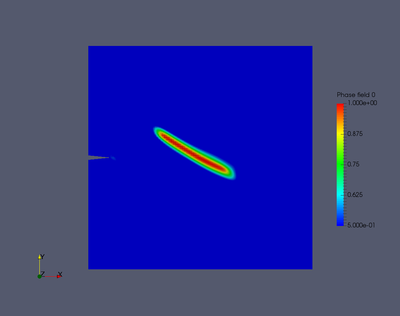
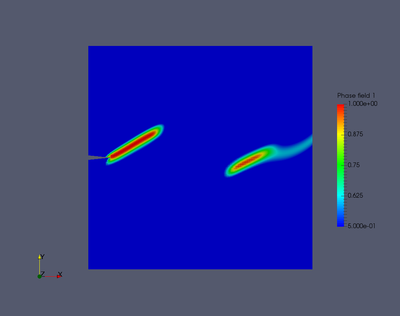
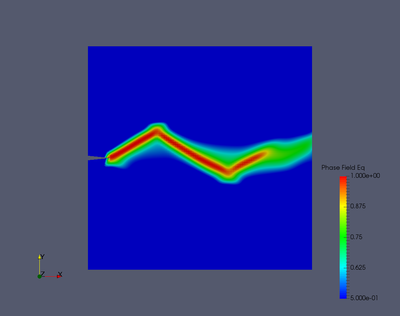
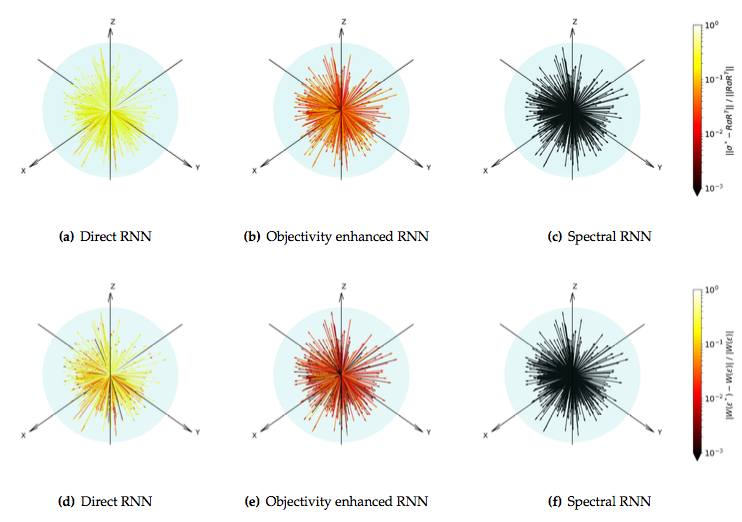
 RSS Feed
RSS Feed